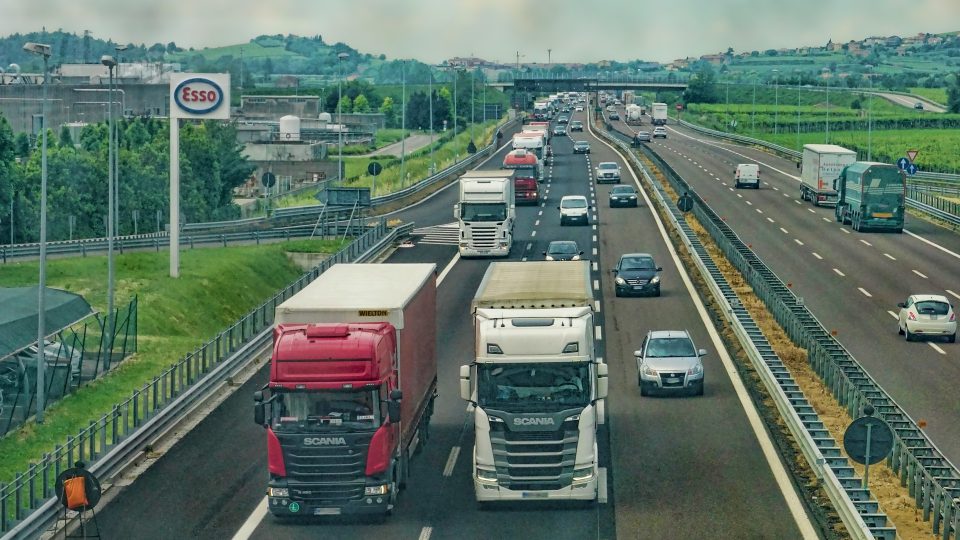

Road Transport is the biggest contributor to Europe’s greenhouse gas emissions according to the European Commission website. Therefore, the European Union has come up with certain policies and strategies for lowering emissions. In case you are a transport operator, you must know the key Europe-wide policies on HGV emissions.
The first EU policy on HGV emissions is introduced for the reduction of CO2 emissions from heavy-duty vehicles including buses, trucks and coaches. Europe’s carbon dioxide (CO2) regulation demands that OEMs must fix fleet-wide emissions targets for their fleets. The heavy good vehicles particularly need to lessen the CO2 emissions by at least 15% in the next five years. Further, in the next 10 years, the target should be to reduce the emission by 30%.
Make your business more profitable with LocoNav’s Telematics
It is essential to follow these regulations and OEMs who do not comply with them are likely to face penalisation. The key goal behind this is to promote the introduction of more energy-efficient technologies and lower emission heavy good vehicles to the market. Also, greater energy and fuel efficiency makes way for more cost-effective operations for the vehicles.
Besides this, the strategies ensure better transparency from OEMs in terms of the vehicle’s fuel efficiency. Since 30% of transport fleets’ operating cost is due to fuel, hence a higher level of transparency can be very beneficial for a fleet manager who must be checking out new models to add to their truck fleet.
The European Union has explained on the European Commission website how the fuel-efficient model might be on a pricier side but still would save on the overall costs capabilities. Thus, by investing the money in an efficient fleet, it is possible to save money on fuel for truck fleets. For instance, by spending an extra €1,800 while buying a truck, the transport companies including the small and medium enterprises can save more than €25,000 within 5 years because of less fuel usage.
Last year, the European leaders have launched an initiative, the Recovery and Resilience Facility (RFF) to support the continent to come out from the economic setbacks caused due to COVID-19. One of the main highlights of this initiative was a commitment to “building back greener”. The key proposal was that the countries in Europe must set targets to help the local OEMs to produce 10% of their new lorries zero emissions within the next five years. This support can come in the form of loans and more commonly from the deployment of better-charging infrastructure.
Another recommendation is that the long haulage companies should encourage themselves through financial assistance schemes when deciding to add zero-emission vehicles to their fleets. A potential solution would be to offer discount vouchers so that the low emission trucks are affordable, especially for SMEs with truck fleets. If truck fleets adjust to functioning on more sustainable operations, the results will be useful for the planet, at the same time, helping to lower the fuel consumption and running costs.
Quick Read: How Vehicle Telematics Can Transform The Future Of Auto Insurance
Quick Read: Key Benefits Of Using A Fleet Management Software